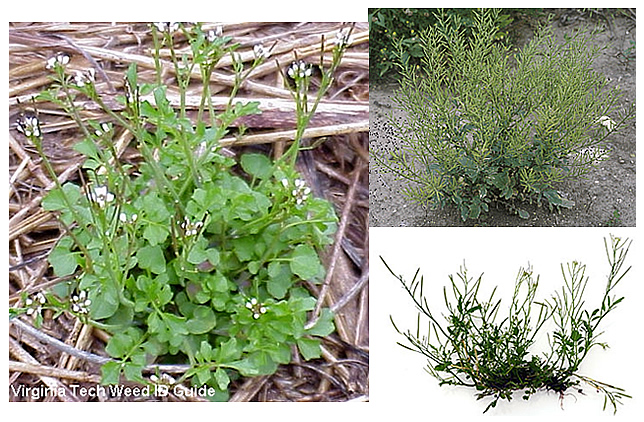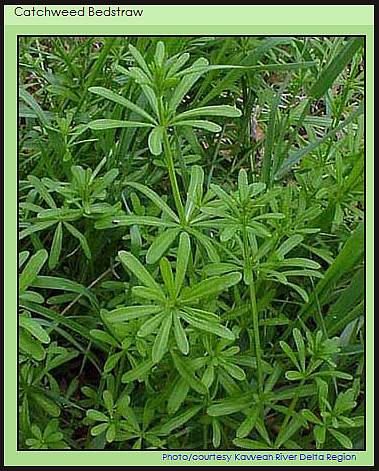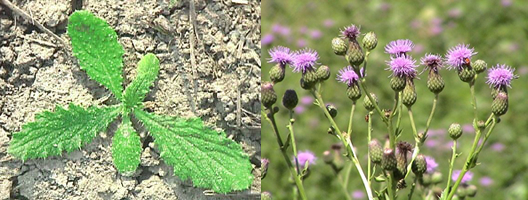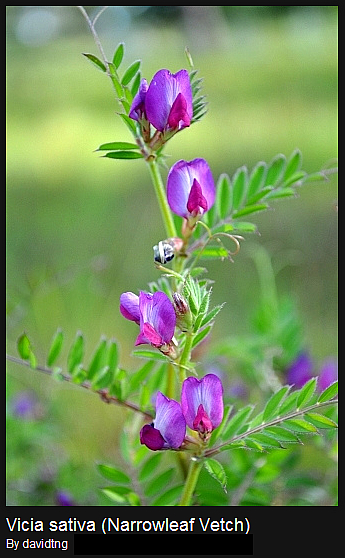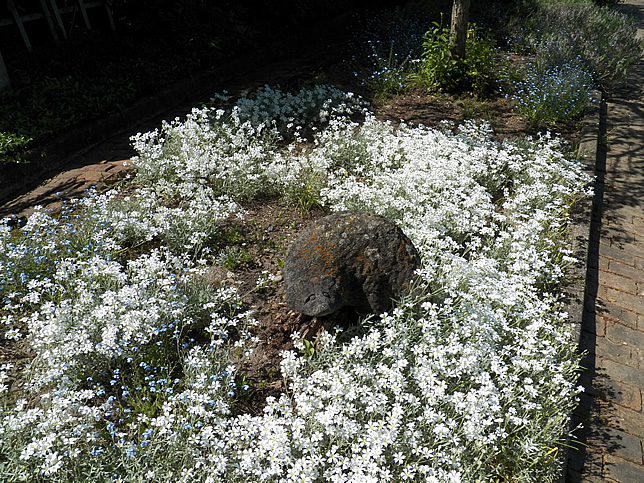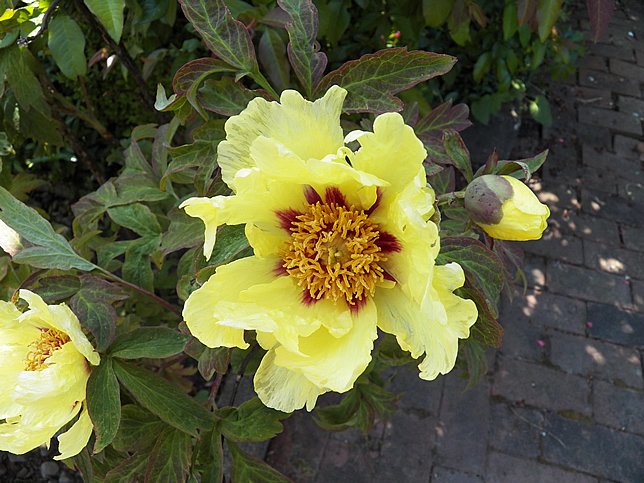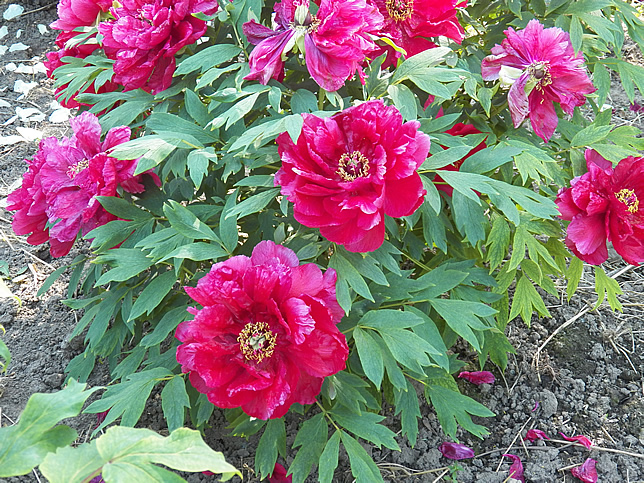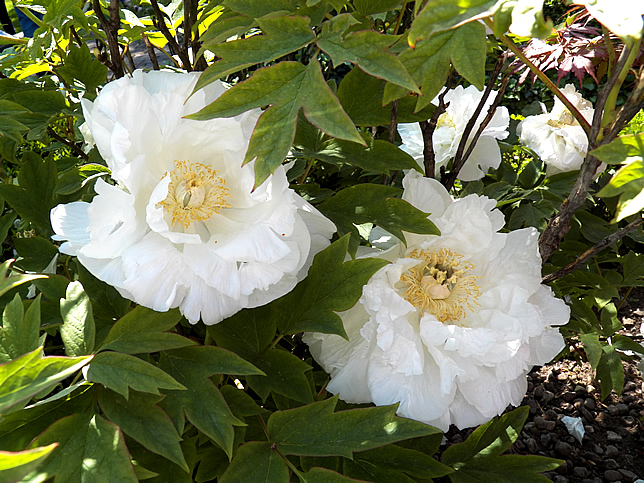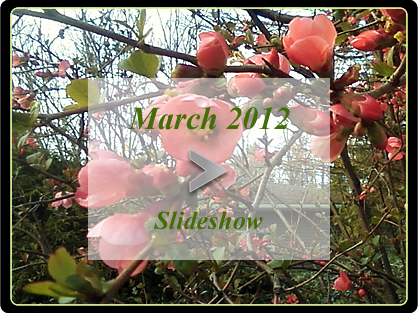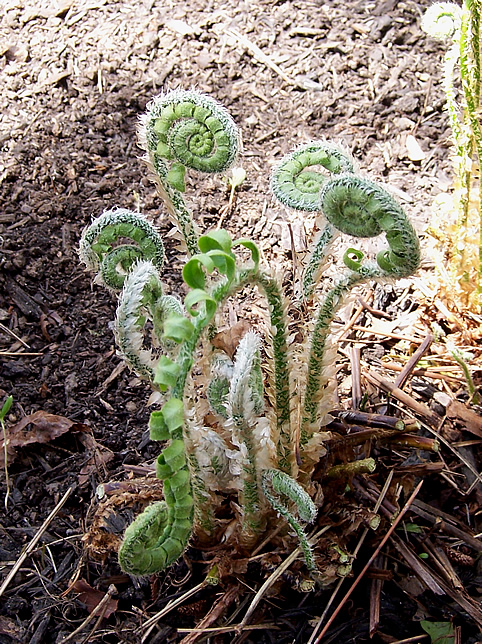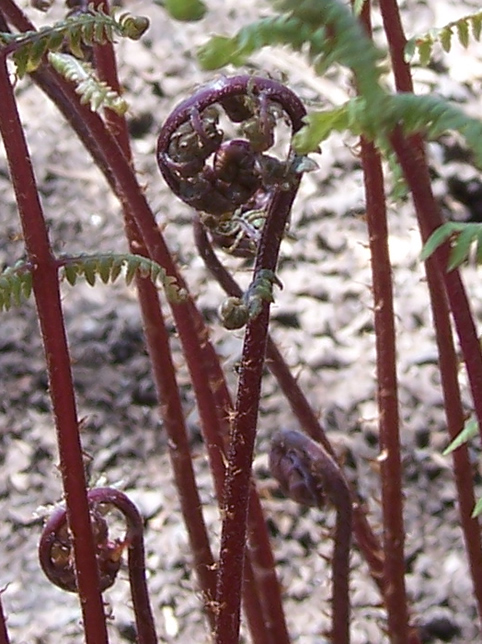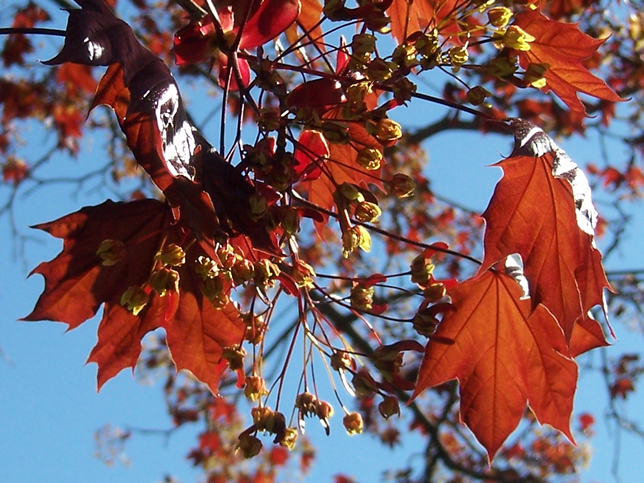This spring we have been shot at by artillery weed, caught and stuck up with velcro weed, and stabbed with Canada thistle all while trying to clean up and get the gardens in shape. And that isn’t mentioning the purslane, lamb’s quarters, pigweed, bitter nightshade, narrowleaf vetch, bindweed, garlic mustard, poa annua, plantain, giant mullein, and the ubiquitous dandelion. Where on earth did all these weeds come from this year?! The first three have been the worst, but all seemingly grow overnight to gigantic proportions.
First of all, artillery weed, also known as hairy bittercress (scientific name Cardamine hirsuta).
Images from
http://www.ppws.vt.edu/scott/weed_id/carhi.htm
http://egreenlawncare.com/Hairy%20Bittercress.gif
http://completegarden.wordpress.com/2008/06/10/identifying-weeds-with-their-roots/
Hairy bittercress is an annual with small, white, 4-petalled flowers at the end of stems that can grow to a foot tall. The plant develops siliques, which are long (3/4 to 1 1/4 inches), narrow capsules with many seeds. These siliques explosively spread the seed as much as 10 feet from the parent plant allowing many generations per year. It is considered an invasive lawn weed that originated in Europe and Asia, but now has spread throughout North America. Some people gather it when it is young and tender to add a peppery bite to raw salads, and it can be cooked with soups or in a recipe like other greens. It is a member of the mustard family.
The second in our weed roundup is velcro weed, aka catchweed bedstraw or just catchweed (scientific name Galium aparine).
Image from
http://unioncountyweedcontrol.org/agClassB.html
This annual plant can grow up to 80 inches in a season forming dense, tangled mats that sprawl on the ground or crawl all over everything in its path. It has square stems with downward pointing leaves, both featuring fine hook-like hairs or prickles (similar to Velcro) that readily adhere to clothing and animal fur. It is also known as bedstraw from its use as a mattress filling in the old days. The way the stem and leaf prickles clung together minimized matting and compaction and, when dried, catchweed bedstraw gives off a nice fresh scent. It is native to all US states except Hawaii and reportedly has some medicinal or culinary uses.
Not only do the stems and leaves stick like Velcro, but, once pollinated, catchweed produces little spherical seed capsules. These are also covered with hooked bristles, creating a burr, which is easily dispersed on animal fur or clothing. The little burrs cling to everything that passes by this plant – your clothing, your pets, birds — and it keeps the weed spreading.
Now, if those two weeds aren’t obnoxious enough for you, there is the Canada thistle (scientific name Cirsium arvense). It is native throughout Europe and northern Asia, and widely introduced elsewhere. It did not originate in Canada, despite its name.
Images from
http://www.btny.purdue.edu/pubs/ws/canadathistle/CanadaThistle.html (rosette)
http://www.colostate.edu/Dept/CoopExt/Adams/weed/canada_thistle_mgt.html (flowers)
Canada thistle is a perennial which spreads by seed and vegetatively by creeping roots. The creeping roots have numerous underground buds to depths well below the plow layer. Removing shoots or severely damaging established plants stimulates new growth from underground buds. Buds on creeping roots can generate new shoots a year or more after top-growth has been destroyed. Creeping roots can be found up to 15 feet horizontally and from 6 to 15 feet vertically from the original plant.
Whenever seed is produced, the young seedlings will provide a source of re-establishment and take on perennial characteristics after about two months, meaning it will have developed creeping roots. Seeds can survive burial in the soil for 20 years or more. This is one very, very bad plant and is difficult to eradicate.
Another weed that we have encountered this year, although not in our own gardens, is narrowleaf vetch (scientific name Vicia sativa).
Image from
http://www.flickr.com/photos/davidtng/4028391843/#/
This is an annual or short-lived perennial with stems that run along the ground or climb into plants. The flowers are blue, pale lavender or purple and the plant is only supposed to reproduce by seed. It is found throughout the United States, but is native from Europe into Russia. We have had a lot of trouble eradicating it from one client’s garden even after pulling and removing every plant we could find.
So, these have been our worst weed nightmares this year. Did the mild winter bring some bad stuff to your gardens too?
